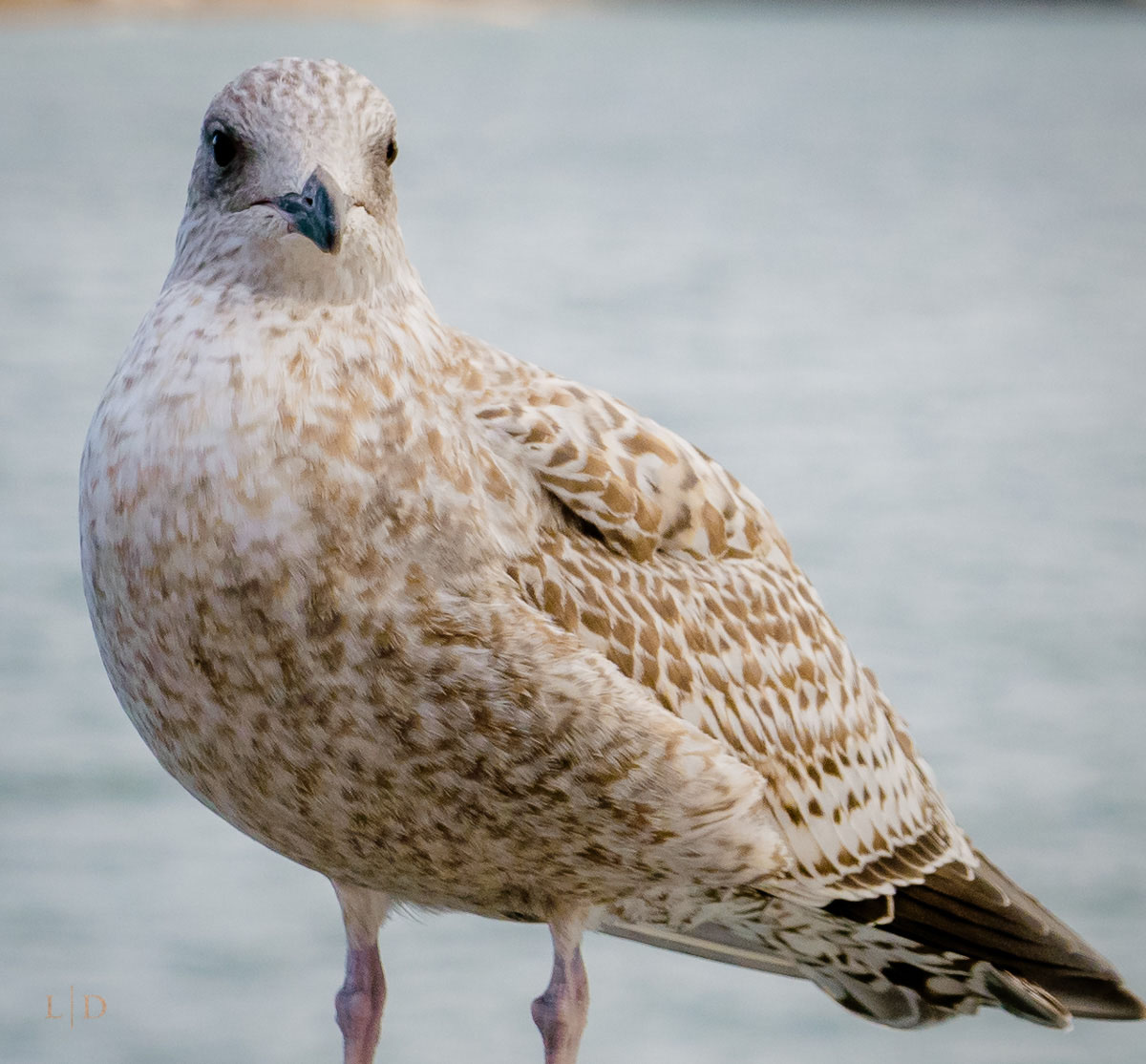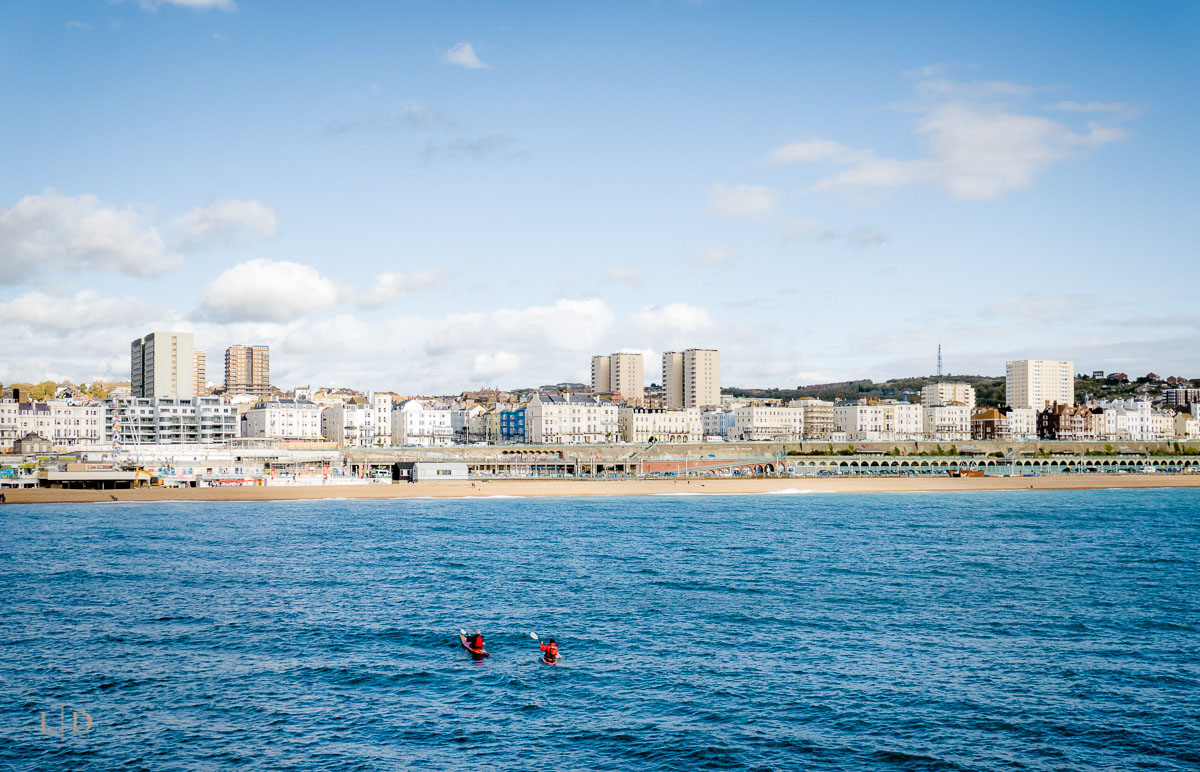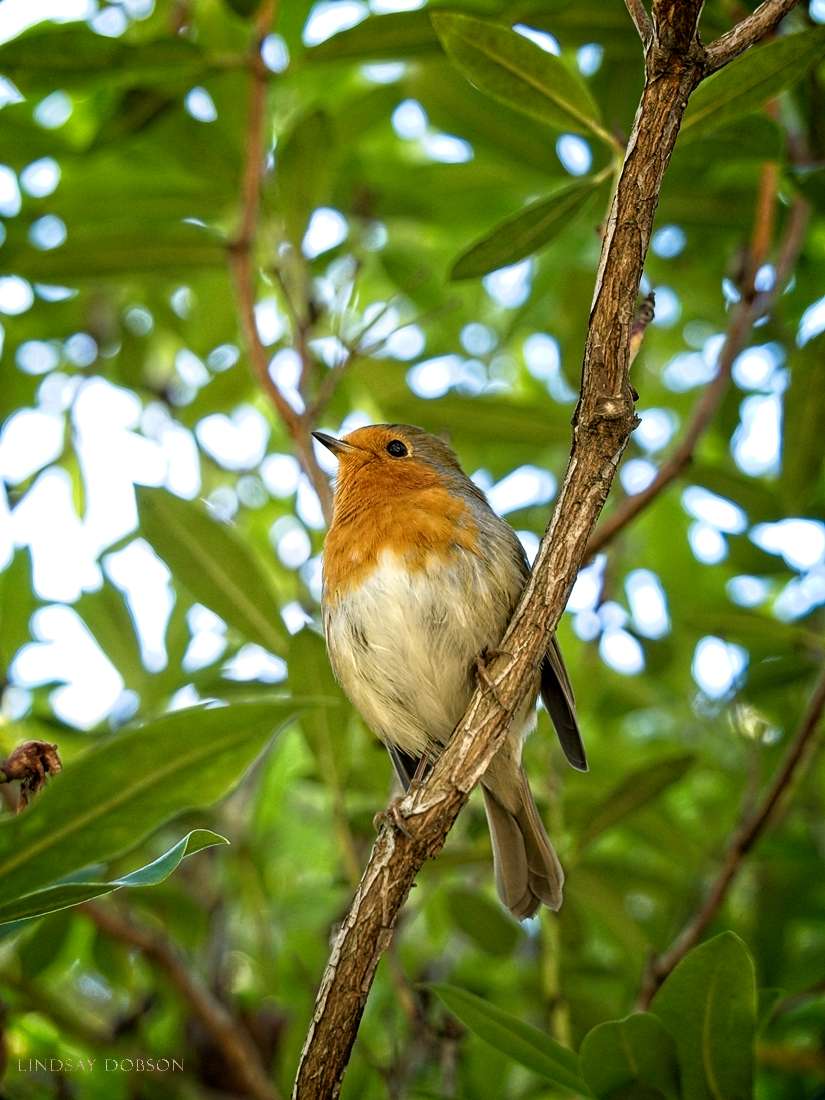Panasonic LX100ii Field Review First Impressions
In the last few years we’ve seen the emergence of a number of powerful compact cameras. Prior to this, compacts were aimed squarely at casual photographers and novices. Particularly those who just wanted a basic record of a holiday or family outing. But what about us professionals? Many of us would love a high quality pocketable device to record our own personal outings. Or, dare I say it, a small camera competent enough to act as a backup to a main system if the worst came to the worst.
When Sony entered the fray with its RX100 line this was something of a game changer. A high-quality 1 inch sensor in a tiny body packed with features. But that came with its own set of problems. My RX100 cameras were frankly horrible to handle. It was like trying to hold onto a bar of soap - extremely difficult on a cold day with gloves. And changing settings would be fiddly and slow. The high-resolution packed onto the 1 inch sensor meant that noise levels, although good, had to be carefully controlled. For a number of reasons I couldn’t warm to my RX100ii or iv, and both were sold.
To overcome the handling caveats I later bought a Canon G5X. This is another small compact camera with a 1 inch sensor. And I really like this little machine. I preferred the image quality and colour rendering to the Sony RX100 models, but it was slower to focus at times and the lens could be very soft around the edges at certain focal lengths and aperture values. If you’re interested there is an in-depth review of this camera here on the personal blog.
And now came an even bigger game changer - the Panasonic LX100. This camera utilises a 4/3 sensor, which is notably larger than the sensors in the cameras I’ve just talked about. That said, to enable a fast zoom lens (whilst keeping the overall camera small) the full sensor area isn’t quite utilised. Instead of a resolution of 16 megapixels, the LX100 offers just over 12 megapixels. That isn’t to say that the image quality from this machine isn’t absolutely gorgeous, because it is. Stunning in fact. The fast Leica f1.7 to f2.8 lens is a joy, the colour rendering is out of this world, everything the camera does is fast, and it’s full of features. This particular camera came out over four years ago and since then many photography enthusiasts have been clamouring for an upgrade.
Panasonic LX100ii – Worth the Hype?
And finally, we have that upgrade. I got the new Panasonic LX100ii back in September, just before it hit the shelves on mainstream release. This is something of an incremental upgrade over its predecessor, but the new features are useful. For a start, it uses the sensor from the new Panasonic GX9. This promises even better noise levels and better dynamic range. Autofocus speed is said to be improved (although the original LX100 was no slouch) and indeed the LX100ii’s autofocus in AF-S is blazingly fast. The LCD has a higher resolution too. The new camera also has Bluetooth and USB charging. There are also more custom buttons which I find very handy.
The image circle covers around 17 megapixels of the 20 MP sensor. It now has a touchscreen, and some additional 4K features. Many potential buyers were disappointed that the camera doesn’t have a screen which flips up. This can be useful at times, but Panasonic were apparently concerned that it may add a bit of extra bulk. To be honest, most photographers probably wouldn’t have minded about that.
One of the complaints about the original LX100 centred around autofocus. When focused at infinity or distant objects there was a tendency for some examples of this camera to entirely miss focus, resulting in blurred photographs. My standard day-to-day focusing mode is to use a very small centre square. I’ll then focus lock and recompose as needed, or I’ll move the focus area as necessary. When using the LX100 MkI to overcome blurred images at long distance I found that switching to pinpoint autofocus (the crosshair) completely resolved the problem. My LX100ii has no such problems and the autofocus is rock solid.
Secondly, the original LX100 had a tendency to suck in dust. Fortunately mine didn’t (perhaps because it was lightly used and was always stored in a sealed plastic bag when in transit). I read somewhere on a forum that a Panasonic representative had mentioned that the LX100ii has an additional gasket in the lens to prevent this.
Here are some of the test images - in two cases you’ll spot a tight centre crop.
Panasonic LX100ii Field Review Autofocus and Sharpness
I headed out to my usual testing ground, keen to put my new LX100ii through its paces. Initially I concentrated on autofocus accuracy, and lens sharpness. As I mentioned a moment ago, the LX100ii has the exact same lens as the original. Unfortunately I didn’t have the option to test both the old and the new camera side-by-side. But I have plenty of images to inform me that the lens on the original was razor sharp edge to edge at all aperture values and focal lengths. At least that was the case with the unit I owned. On the LX100ii I observed some softness at the edges and corners at most settings.
Across the centre of the frame image sharpness is very good at all settings (but remember diffraction sets in earlier in smaller sensor cameras). Colour is lovely too. Noise levels are improved but not quite on par with my Panasonic GX8 (which is excellent in that regard). This may be attributed to the slightly lower resolution on the LX100ii. Dynamic range is definitely better than on the LX100 Mki.
What about autofocus? I used the camera in my normal focusing mode (AF-S) throughout the tests (a single small central autofocus square). I took quite a few photographs of the distant buildings along the seafront whilst I stood on the pier, to check accuracy at infinity. I didn’t have any photographs which were out of focus and overall I’m very impressed with the autofocus accuracy and speed. In AF-C the camera did fairly well, but it isn’t on par with the more advanced continuous autofocus systems you’ll find in a well specified DSLR.
I also tested autofocus speed by taking pictures of people on a fairground ride. These rides go pretty quickly and trying to autofocus on a fast-moving target is a challenge for any camera system. The other thing to bear in mind is that the target will have moved through the zone a focus (depth of field) somewhat before focusing is achieved. However with all that in mind I was extremely impressed with the performance of the LX100ii. It really was very good at rapidly locking on to the people on the ride.
I’ll be looking at other aspects of the camera in some upcoming shoots (including noise). But as with its predecessor, I think the LX100ii is peerless and it now it sits permanently in my handbag. It’s great to be able to leave the house with such a high quality and high performing camera, and to barely know I’m carrying it. It’s a street photographer’s dream. Oh – and it’s got a leaf shutter, making it a strobist’s dream as well. There have been some complaints about the price, but I don’t think the price is excessive for what you’re getting.
Panasonic LX100ii for Landscape Photography
Many of us would choose a camera like this for general walkabout and travel photography. And in that sense, it really does deliver. By travel photography we might be thinking along the lines of day trips, visits to places of interest, street photography (of course), family snaps and portraits. Photographing the landscape is a big part of this. Since I live by England’s not so sunny South Coast, I’m forever capturing seascapes. This is something I’ve loved to do over the years. In fact many of my award-winning images have been taken on my coastal rambles. So it makes sense to carry a decent camera in my handbag. And the Panasonic LX100ii is more than decent. It was ideal for a recent trip to the Goodwood Breakfast Club Classic Car Sunday - this is exactly how I would use the Panasonic LX100ii in the field.
For the kind of travel photography I do a sharp lens is a prerequisite as is good dynamic range. On the coast on a sunny day the light can be glaring and any light-coloured objects can render as burned-out blobs if we’re not careful. Careful processing of the RAW files is essential, but we can’t recover information which isn’t there in the first place. I’m pleased to say I’ve had no problems pulling a huge amount of detail out of my LX100ii RAW captures.
Panasonic Lumix LX100ii f3.5 1/1600 ISO200 21.3mm
One thing I’ve noticed is that the bare unprocessed RAW files are more neutral than they were from my LX100 MkI, producing images more in line with Panasonic’s standard colour signature.
Panasonic LX100ii f3.5 1/1000 ISO200 10.9mm
Like the previous model this camera has both a mechanical shutter and an electronic shutter. If we were limited to the mechanical shutter the maximum shutter speed would be 1/4000sec. This means you would have to stop down the lens in very bright conditions, far from ideal if you’re wanting to separate your subject from the background. Having an electronic shutter (which you can set to auto) means that the camera will automatically invoke the higher maximum shutter speeds via the e-shutter if the conditions dictate it – up to 1/16,000, enabling the use of the fastest aperture values and hence shallower DOF. I’m speaking mostly in the context of very bright light rather than very fast subject motion.
Electronic shutters aren’t always the best at cleanly freezing motion and can introduce the odd motion artefact, so when shooting action the mechanical shutter is best. I didn’t spot any problems with the active shots I took using the electronic shutter but they were mostly at less than 1/1500. Why was I using the E shutter at shutter speeds of less than 1/2000? First of all it means the camera is completely silent. Secondly it’s worth pointing out that at the wider aperture values this camera will switch to the E shutter automatically. At f4 and above you can use the mechanical shutter to 1/4000. I suspect this is because the camera has a leaf shutter. So don’t panic if you’re only getting 1/2000sec in MSHTR - check your aperture value and if necessary switch to ESHTR or SHTR-auto.
Panasonic LX100ii f4 1/1250 ISO200 34mm
Since the lens doesn’t use a lens hood you might be wondering if lens flare is a problem. I didn’t find it to be a problem at all although I did occasionally see a purple blob - but nothing which detracted from the pictures.
As with my Panasonic GX8, the new LX100ii has a slight tendency towards underexposure (the MkI didn’t, as I recall). On a bright day I’ll always dial in a little bit of EV-comp, but I found I needed an additional +0.3EV on this particular camera.
Lastly, looking at photographs on your computer in a program such as Adobe Lightroom or Photoshop is different to looking at photographs in a web browser. One thing I’ve noticed is that the pictures lose a significant amount of sharpness when uploaded to my website (even with careful optimisation). Some browsers are worse than others for this. It’s a shame, because you’re not getting to see quite how good the lens is on this camera or any others which are featured. I’m guessing it’s because many modern websites have a responsive design (as mine does). The website software automatically creates several different sized versions of the image and serves up whichever one it thinks is appropriate to the device or screen size the viewer is using.
How Big can I Print with the Panasonic LX100ii?
This is a very good question in light of the article I did a little while ago which you can see here: Making Large Prints with the Panasonic LX100.
The point I made in that article is that with appropriate skills, and importantly an excellent lens - it’s possible to make very pleasing large prints with the LX100 (MkI). So a question you might be wondering now is how big can we print with the Panasonic LX100 (MkII).
The LX100i offers a maximum resolution of 12.8MP (4112x3088) pixels. It’s really important that we think of resolution not as a percentage but as a linear measurement. The LX100ii offers a maximum resolution of 17MP, which is 4736x3552 pixels. If we superimpose those resolutions (the LX100ii is shown in pink, the LX100ii in blue) we can see that the difference isn’t particularly big:
Panasonic LX100ii resolution (pink) vs LX100i resolution (blue)


































